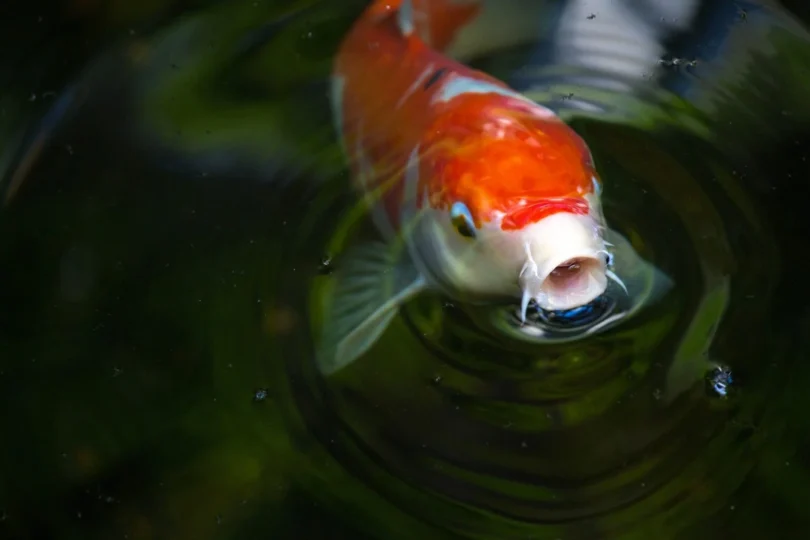Cory catfish are one of the most popular freshwater fish in the aquarium hobby. Known for their peaceful nature, unique appearance, and bottom-dwelling behavior, these fish are a favorite among beginners and experienced aquarists alike. In this guide, we will explore everything you need to know about cory catfish, from their origins and care requirements to breeding tips and common health issues.
What Are Cory Catfish?
Cory catfish, also known as Corydoras, are small freshwater fish belonging to the Callichthyidae family. They are native to South America and are commonly found in slow-moving rivers and streams. Their most distinctive features include their armored bodies, whisker-like barbels, and social behavior.
Different Types of Cory Catfish
There are over 170 recognized species of Corydoras, each with unique patterns and colors. Some of the most popular types include:
- Bronze Corydoras (Corydoras aeneus): A hardy and widely available species with a metallic sheen.
- Panda Corydoras (Corydoras panda): Named for their black and white markings resembling a panda.
- Albino Corydoras: A color variant of the bronze cory with pinkish-white bodies and red eyes.
- Peppered Corydoras (Corydoras paleatus): Spotted and patterned fish with a rugged appearance.
- Sterbai Corydoras (Corydoras sterbai): Recognized for their orange pectoral fins and intricate patterns.
Natural Habitat of Cory Catfish
Cory catfish are native to slow-moving rivers and flooded regions of South America. They thrive in sandy or muddy substrates with plenty of plant cover. Their natural habitat is rich in oxygen, and they often live in schools for safety.
Ideal Tank Setup for Cory Catfish
Creating a suitable tank environment is essential for keeping cory catfish happy and healthy.
- Tank Size: A minimum of 10 gallons for a small group, but 20+ gallons is recommended.
- Substrate: Soft sand or fine gravel to prevent injury to their delicate barbels.
- Filtration: A gentle filter to maintain water quality without creating strong currents.
- Water Temperature: 72°F to 78°F (22°C to 26°C).
- pH Level: Between 6.5 and 7.5.
- Decorations: Live plants, driftwood, and hiding spots for a natural environment.
Diet and Feeding Requirements
Cory catfish are omnivores, meaning they eat both plant-based and protein-rich foods. In an aquarium, their diet should include:
- Sinking pellets or wafers designed for bottom-feeding fish.
- Live or frozen foods like bloodworms, brine shrimp, and daphnia for protein.
- Vegetables such as blanched zucchini, cucumber, or spinach.
- Leftover flakes from other fish, but this should not be their primary diet.
Behavior and Social Nature
Cory catfish are extremely social and should always be kept in groups of at least five or more. They are peaceful and get along well with other community fish. You will often see them scavenging the tank bottom, playfully darting around, or taking occasional gulps of air from the surface—a behavior they developed in oxygen-poor waters.
Compatible Tank Mates
Cory catfish are non-aggressive and do well in community tanks. Ideal tank mates include:
- Tetras (Neon, Ember, Rummy Nose)
- Guppies and Mollies
- Dwarf Gouramis
- Rasboras
- Shrimp and Snails
Avoid housing them with aggressive fish like cichlids or large predatory species that may bully or eat them.
Common Health Issues in Cory Catfish
Cory catfish are hardy but can still suffer from diseases if their environment is not well-maintained. Some common health issues include:
- Barbel Erosion: Caused by sharp or dirty substrates, leading to infection.
- Ich (White Spot Disease): A parasitic infection causing white spots and irritation.
- Fin Rot: Resulting from poor water quality, causing fins to become ragged.
- Ammonia Poisoning: High ammonia levels can lead to red gills and lethargy.
Regular water changes, good filtration, and a varied diet help prevent these issues.
Breeding Cory Catfish
Cory catfish are relatively easy to breed in a well-maintained aquarium. Here’s how you can encourage breeding:
- Increase water changes to mimic rainy seasons in the wild.
- Feed high-protein foods like bloodworms to condition the fish.
- Lower the water temperature slightly to trigger spawning behavior.
- Provide plants or flat surfaces for females to lay eggs.
After laying eggs, parents do not provide care, so many aquarists separate the eggs to prevent them from being eaten.
How to Care for Cory Catfish Fry
If you successfully breed cory catfish, caring for the fry is crucial. Steps to ensure their survival include:
- Keeping them in a separate tank with gentle filtration.
- Feeding them infusoria or baby brine shrimp.
- Performing regular water changes to maintain clean water.
The fry will grow quickly, and within a few weeks, they will start resembling miniature versions of their parents.
Lifespan and Growth Rate
Cory catfish typically live between 5 to 10 years, depending on the species and care they receive. Their growth rate varies, but most reach their adult size of 1.5 to 3 inches within a year.
Fun Facts About Cory Catfish

- Cory catfish can breathe atmospheric air thanks to a modified intestinal lining.
- They use their barbels to detect food on the substrate, similar to a cat’s whiskers.
- Corydoras means “helmet skin,” referring to their armored body plates.
- They often perform a “wiggle dance” when excited or during feeding time.
Conclusion
Cory catfish are an excellent addition to any freshwater aquarium. Their peaceful nature, low-maintenance care, and playful behavior make them ideal for both beginner and experienced fish keepers. By providing them with the right tank conditions, diet, and companions, you can enjoy their company for many years.
FAQs
Do cory catfish clean the tank?
Yes, they help keep the tank clean by scavenging leftover food, but they still require a proper diet.
How many cory catfish should I keep together?
At least five or more, as they are social fish that thrive in groups.
Can cory catfish live with bettas?
Yes, they usually get along well with bettas, provided the betta is not aggressive.
Do cory catfish need a heater?
Yes, they prefer stable temperatures between 72°F and 78°F, so a heater is recommended.
Why do cory catfish swim to the surface?
They have a unique ability to gulp air from the surface, which helps them survive in low-oxygen environments.





